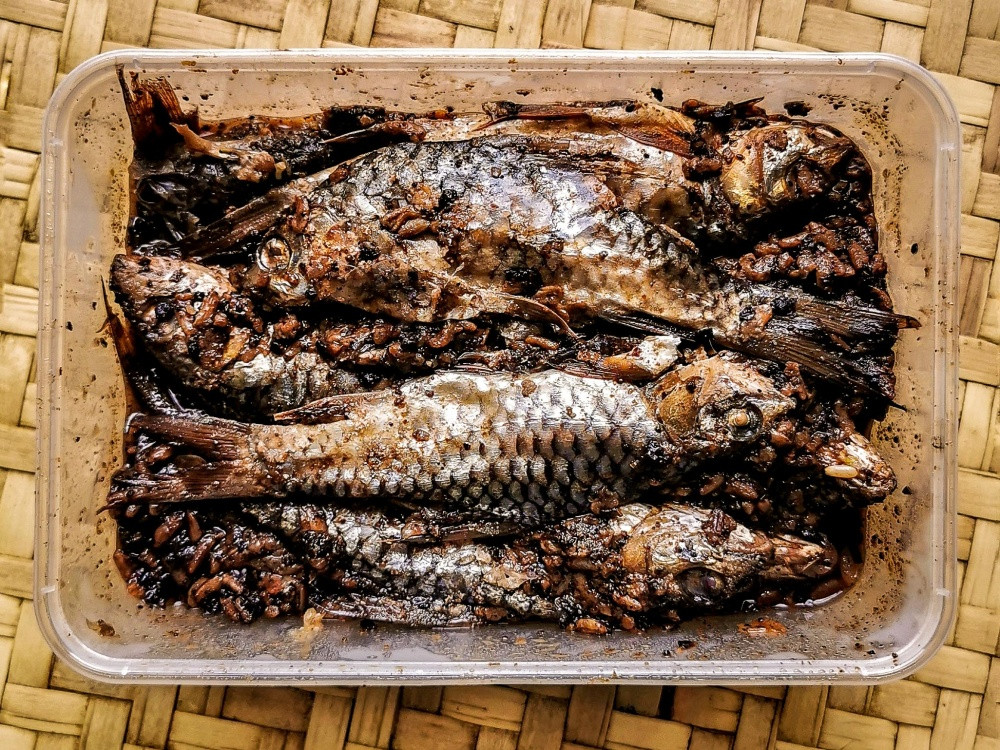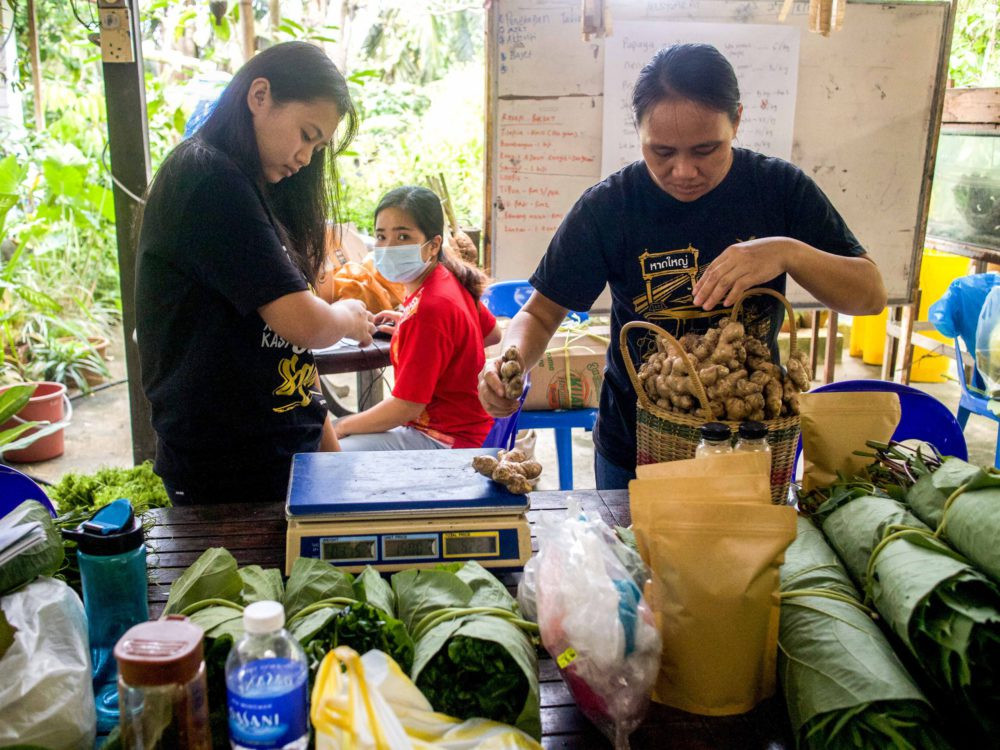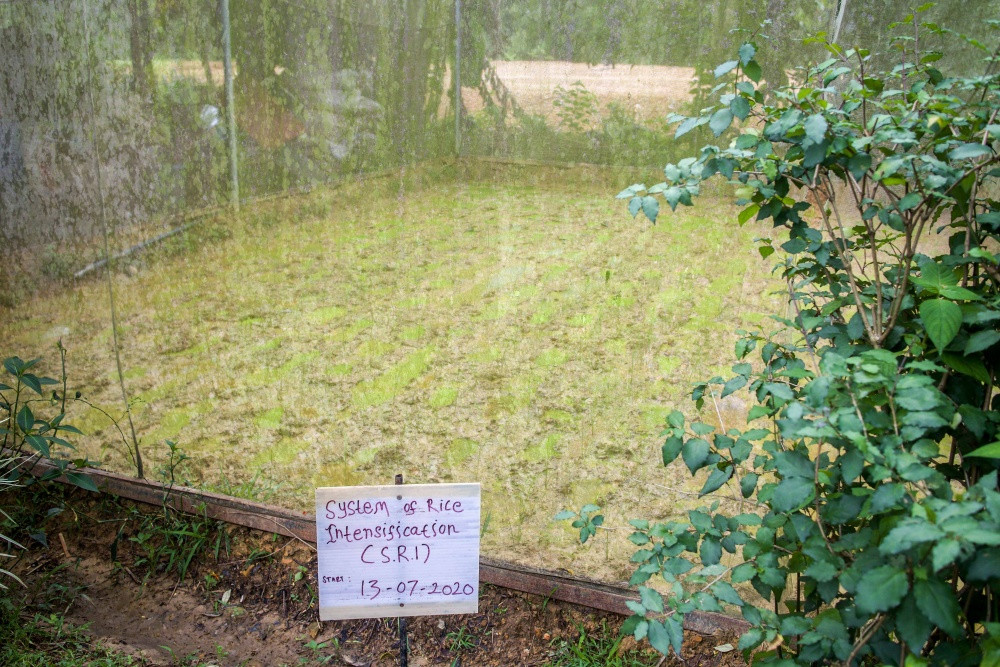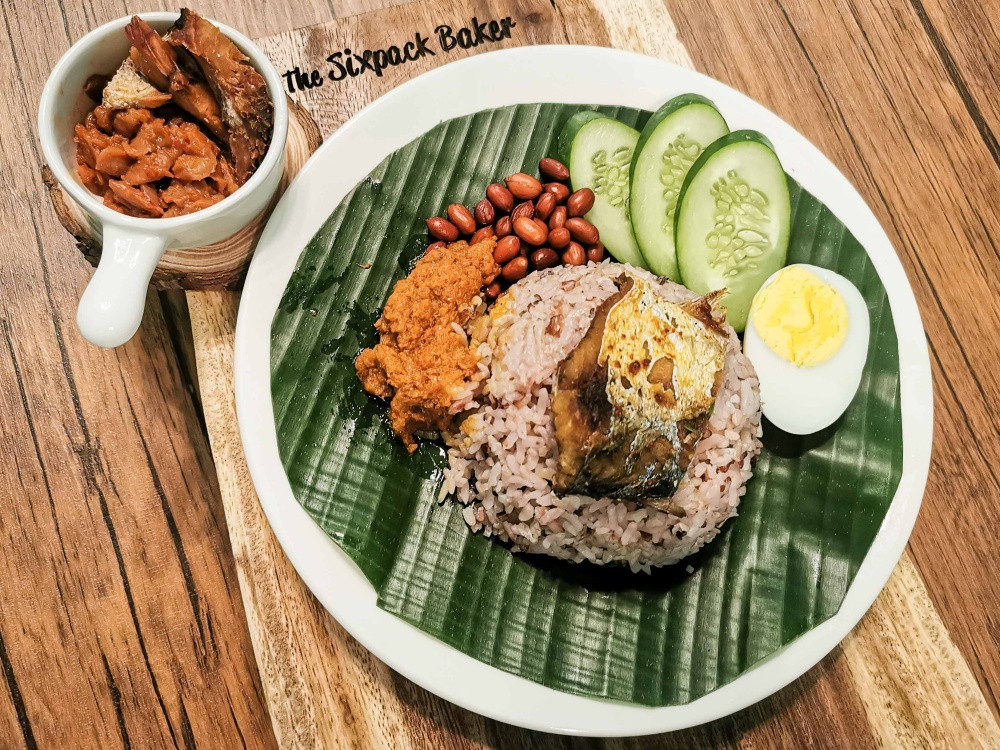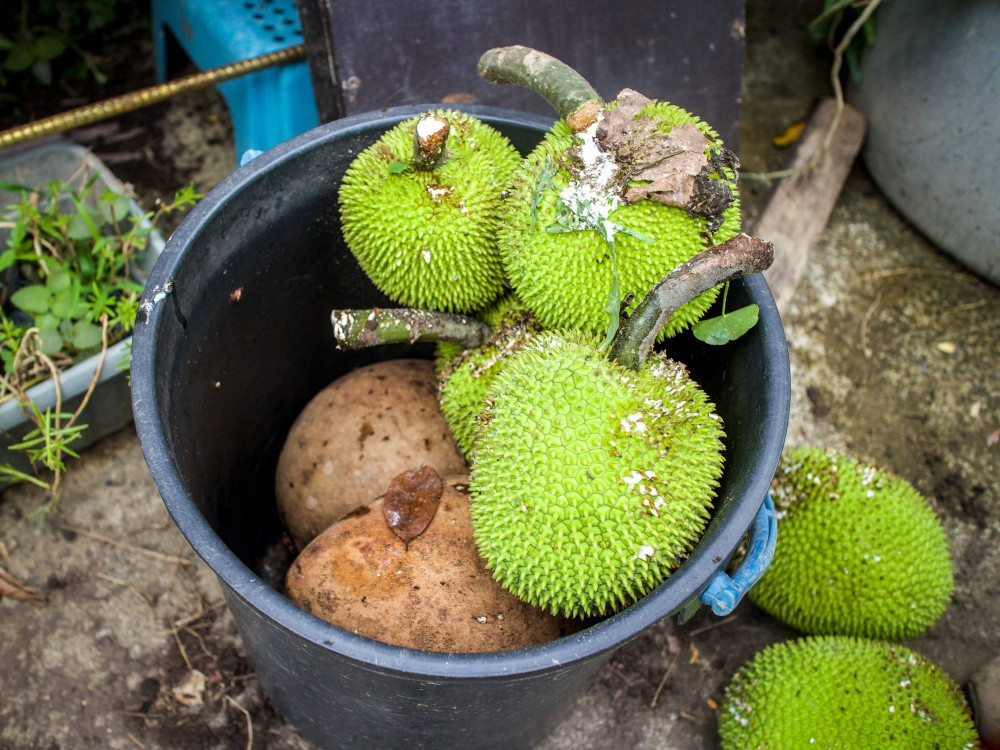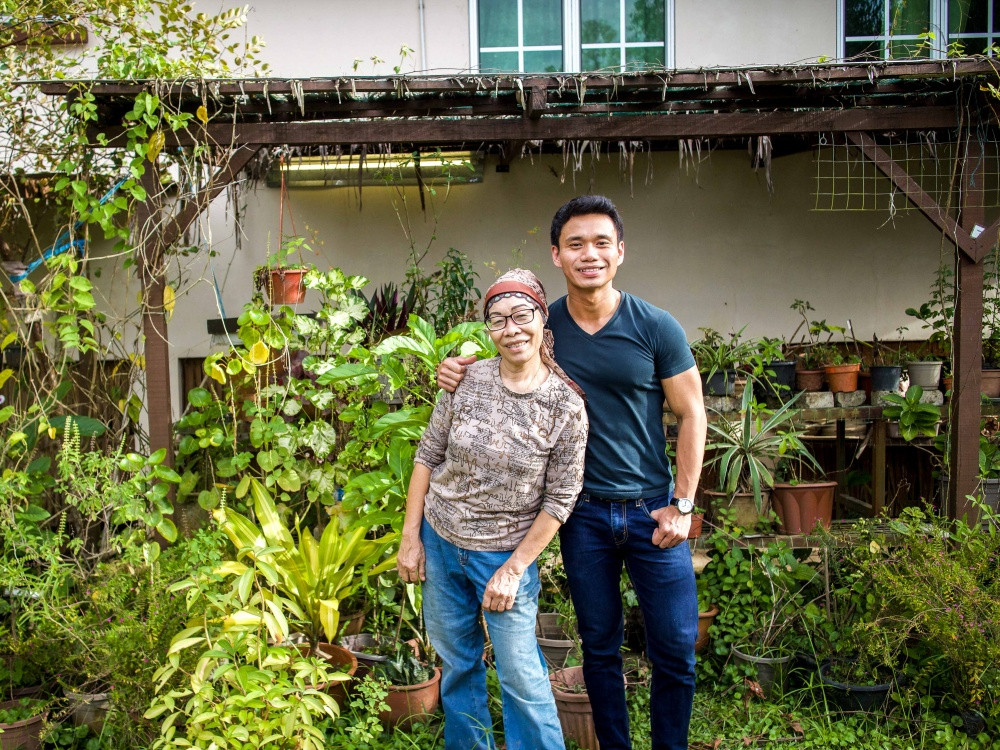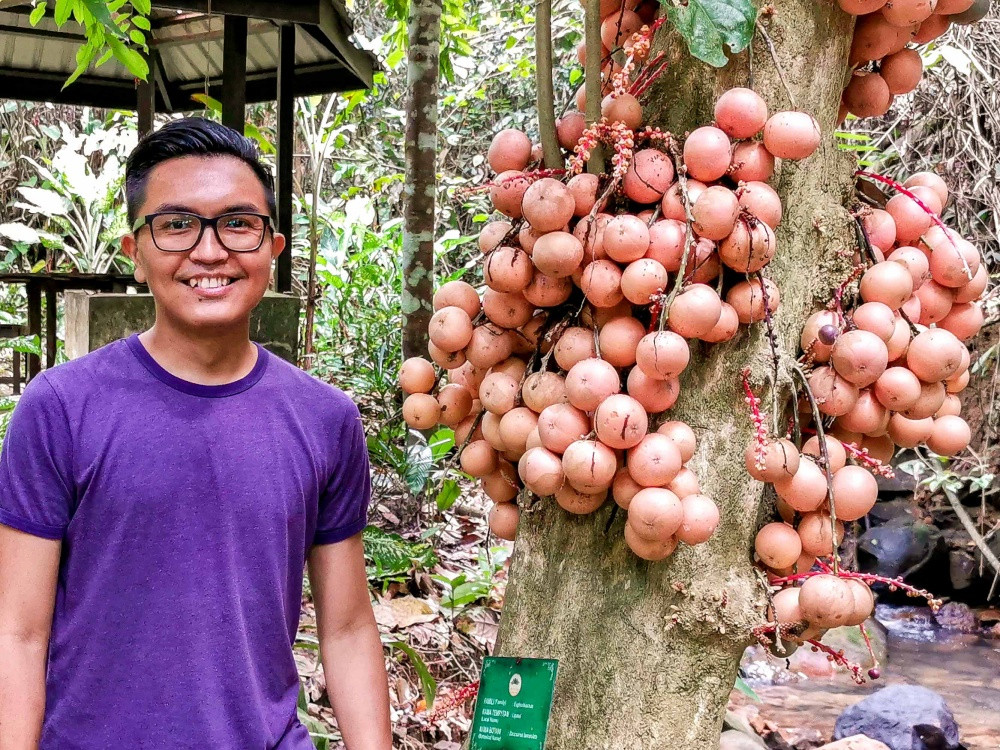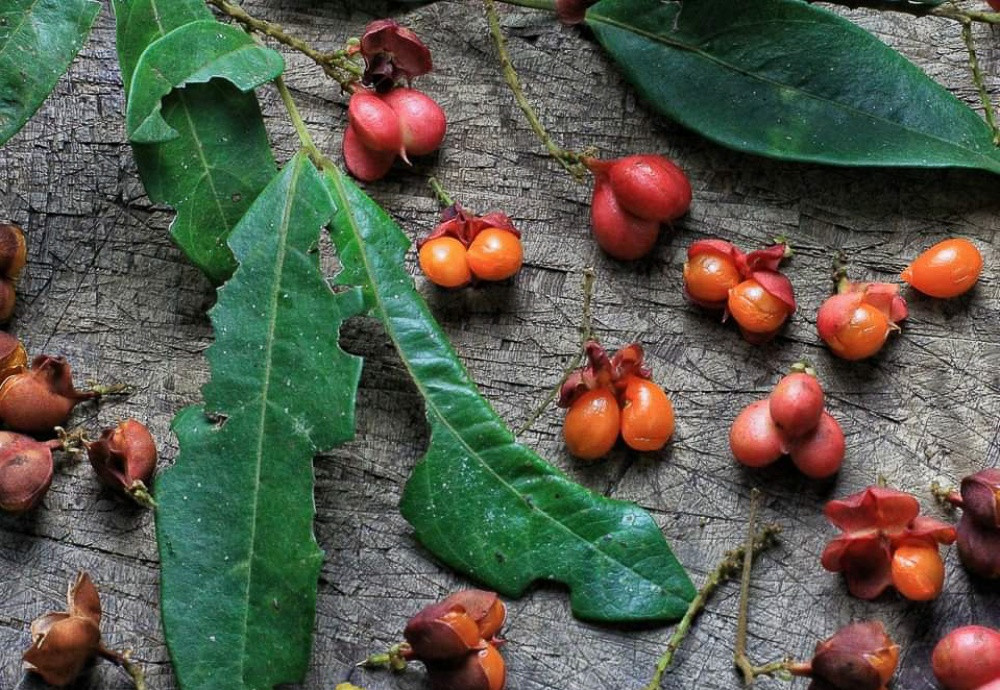Keeping Kadazandusun cuisine alive for another generation
by Natasha Sim26 Jan 2021
Farming programmes, fusion cafés, and viral recipes are helping younger generations learn about the food vernacular of their roots.
As a generation raised on Happy Meals and supermarket convenience, younger Kadazandusuns may not be entirely familiar with the flavours of their native foods, let alone the vocabulary around it.
Take takob akob for instance, a fruit often described as a ‘wild’ mangosteen whose dried peel is used as a sour element in dishes. Its mouth-puckering quality is immediate when the fruit is eaten fresh. Tuhau resembles a hybrid of bunga kantan and lengkuas; its sharp aroma is nothing like its common ginger counterpart. Then there’s bosou, a fermented white fish with a strong smell that leaves sour and bitter notes in the mouth.
In an age shaped by globalisation, native cuisine in all its tanginess and pungency has become an ‘acquired taste’. There are those who grew up with these flavours who would rather leave them behind. Anjelen Daransun is the Socioeconomic Program Director for indigenous community organisation PACOS Trust, whose work now involves getting youths to take on traditional farming as a means to become food secure.
“It’s difficult. In the kampung, they want to leave what they already have,” says Anjelen. Many are inclined to forsake the land, rivers and jungle that could mean having ownership over food production. Swathes of land that could be cultivated for food crops are traded in for cash crops like palm oil instead. And new ways of eating, she adds, include a preference for Maggi Mee and canned sardines.
But when nasi lemak, roti canai and char kuey teow dominate the conversations about Malaysian food, perhaps that is just what becomes of Malaysian cuisines that aren’t represented fairly. And unlike instant noodles, fermented fish or foraged plants are foods you have to work for—and one can see why the former is an easier choice. It’s this trend that PACOS hopes to change through initiatives like Kivatu Nature Farm (KNF) to inspire the cultivation and use of native ingredients.
PACOS Human Resource Coordinator Claudia Lasimbang concurs. “We introduce modern techniques to farming that can increase crop yield and teach food processing. It’s part of the process of people becoming more confident in their wellbeing and livelihoods,” she says. Anjelen adds that food farming can exist alongside money-making crop production.
But oftentimes, KNF initiatives fall short of attracting a younger audience. The ones that usually come through programmes that build rural capacity are older folks who are perhaps reconciling themselves with forgotten ways. Anjelen says she’s been to workshops specifically tailored to the younger crowd, but they are choosing popular mobile game PUBG over learning in their seats. The dichotomy between urban and rural mindsets is apparent. In the city, folks have the privilege of being swayed by global trends favouring all things organic, gluten-free, and vegan. But the grass is greener for rural folks.
Plus, following oral traditions, losing the Kadazandusun language could also mean losing the cuisine. Wisdom is passed down through spoken word like rhymes and rinait used to bless the paddy fields and more.
Drawing from her personal experience growing up, Claudia recalls specific words used for activities like foraging for lomiding (wild fern or paku pakis) or bamboo shoots. ‘Jaga pias’, or ‘watch out for that cliff!’ [were phrases] we could understand by seeing and experiencing,” she says. It’s different from simply asking: ‘What’s for breakfast?’ The gap is as much in communication as it is in culture.
On top of that, modern café owners are peppering Kadazandusun ingredients into their menus to tease interest. Part of the journey in preserving culture and identity is through its food, says 30-year-old Hazli Bojili. He co-runs The Sixpack Baker with his 70-year-old mother Norhanida Annol. Part of his work at the cafe is to make native ingredients more accessible to the modern psyche.
“Our [local] food can be quite strange. Even I find it geli sometimes,” he says with candour. At his ‘hidden’ café that was only set up post-MCO, Hazli uses tuhau in a pizza; opts for sambal takob akob or bambangan in his nasi lemak; and uses the cheaper and more accessible kodop for mushroom soup.
“I have a sense of what people my age might want to eat, and my mum has the knowledge of tradition. Together we’re trying to find common ground and fuse those ways. As long as we’re keeping to the values of the culture and understanding the essence of those ingredients, I think it’s okay,” says Hazli. His mother agrees. “Adaptation to a modern way of doing things can make it more interesting. What’s important is we don’t lose our way of life,” she says.
Ropuhan di Tanak Wagu, meanwhile, is the brainchild of 36-year-old Pison Jaujip, and roughly translates to The Young Lad’s Kitchen. In early 2016, Pison used a similar approach to get the social media generation interested in native foods.
“I started on Facebook. Back then I would post ‘fusion’ recipes like pancakes topped with our own ‘beri hutan’ gosing,” he says. Gosing is a type of wildberry that’s quickly being removed from Sabah’s food vernacular.
Pison’s Instagram and Facebook pages combined have attracted some 72,000 followers. But his job is far from done. “I’ve moved away from posting fusion recipes. I now focus on traditional recipes, as well as posting about ingredients because I feel that local produce needs to be valued more often,” he says.
Traditional recipes that Pison uses are passed down from his grandmother, and he fears they will be lost forever. The food influencer also notes a struggle with getting ingredients he grew up with at the tamu or market.
“Nowadays when I go to the tamu all I see are tuhau, bambangan, losun, itu-itu saja,” he says. Wild ingredients like tanggianggi, a fruit bearing the taste of passionfruit and a sweet scent resembling vanilla, are harder to find when jungles get turned into estates. When Pison asks tamu sellers about other ingredients, they would tell him “tiada permintaan bah, nak”.
Perhaps the old ways are seen as primitive, The Sixpack Baker’s Norhanida says. Her son Hazli interrupts to add that during last year’s state-level Kaamatan festivities at Hongkod Koisaan, his mother’s traditional food stall didn’t do so well. Customers were going around looking for nuggets and french fries as pusas, or snacks, instead.
“I’d like to change that mindset. Primitive is natural, organic and most importantly, nutritious. Food is health,” says Norhanida, who also serves as chairperson for the North Borneo Herbal Growers Association.
Before it could get its stamp, Kadazandusun cuisine was already being replaced by other types of foods and ingredients from majority cultures in Malaysia. Hazli says: “It’s like it got lost in the making.”
**
Born and raised in Sabah, Natasha Sim enjoys a bowl of ngiu chap for breakfast.
Read next
Is our food Malaysian enough?
Rethinking our 'national' cuisine

The value of tapioca through the eras
Tapioca, past and present

In defence of rice
The goodness of our staple grain


